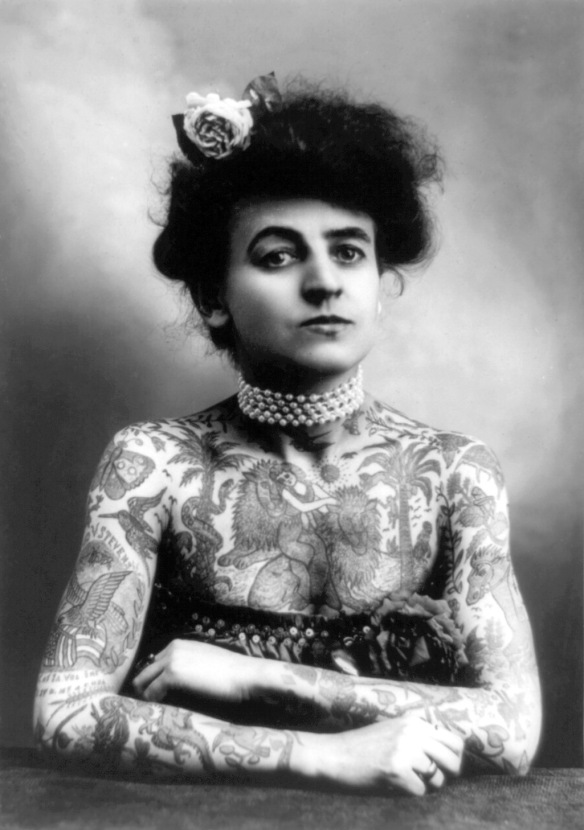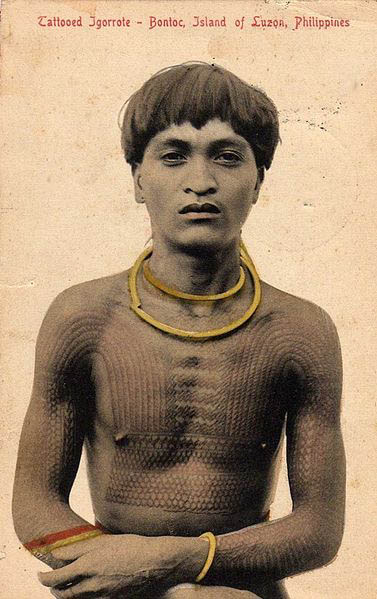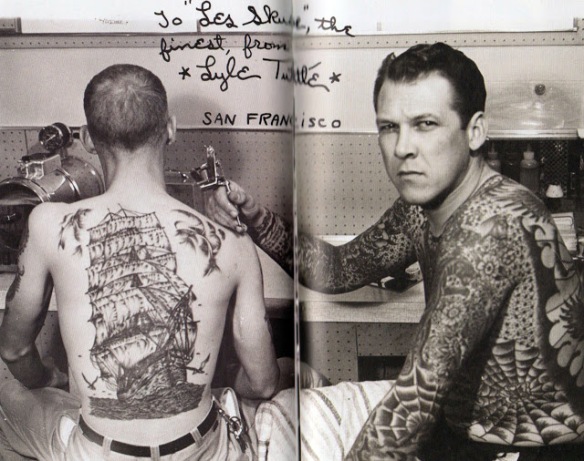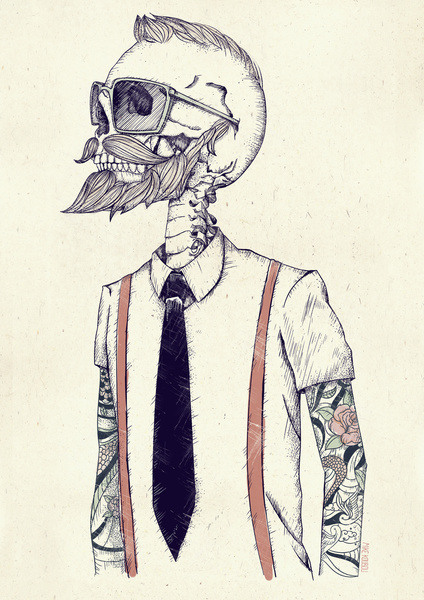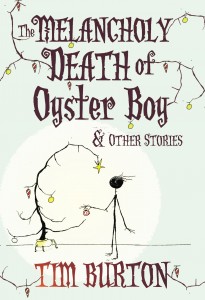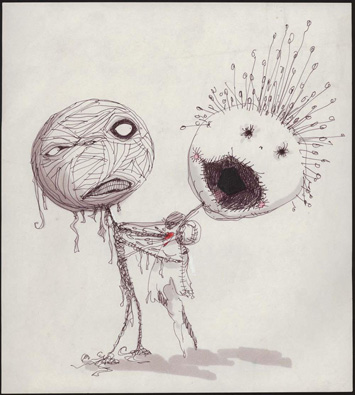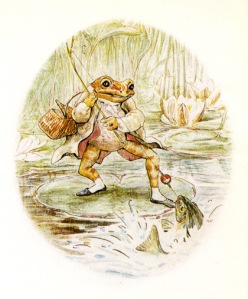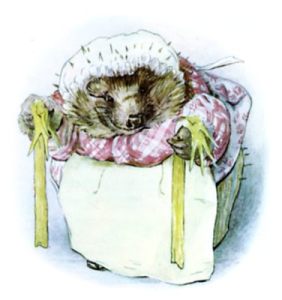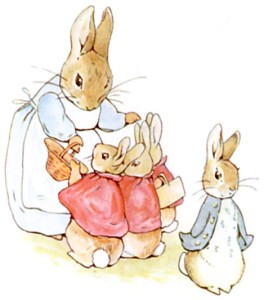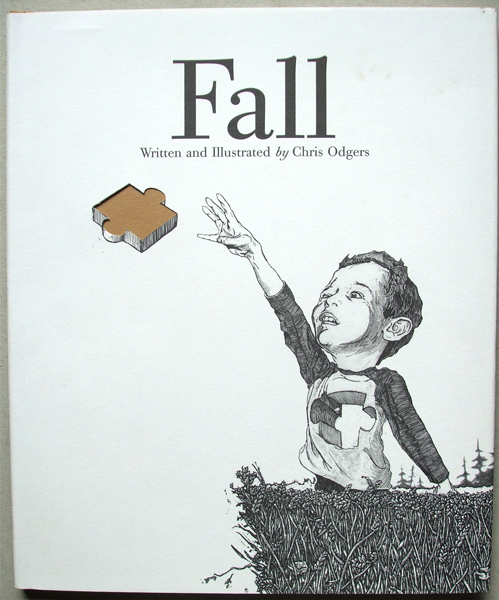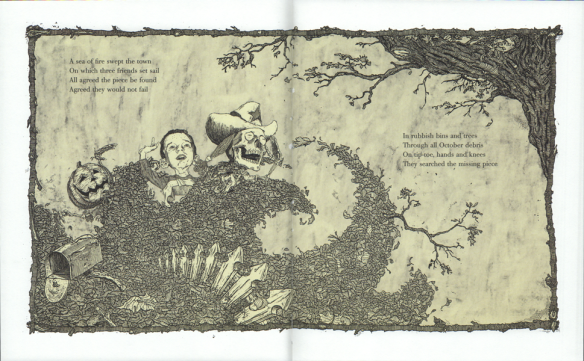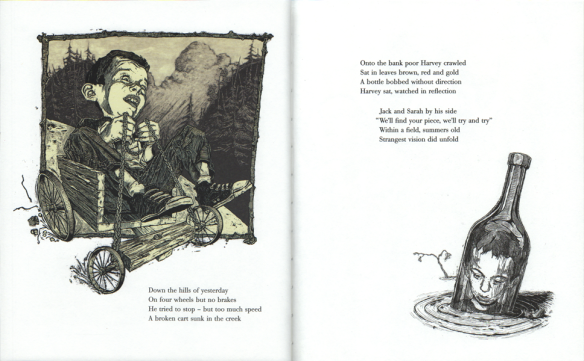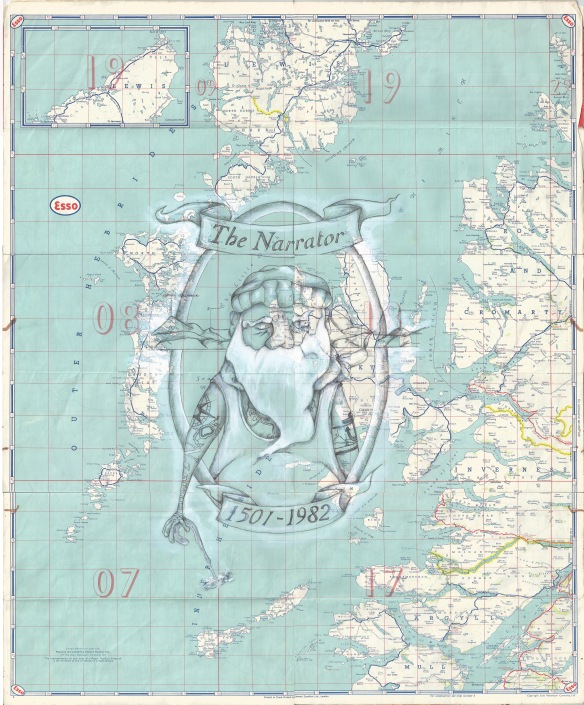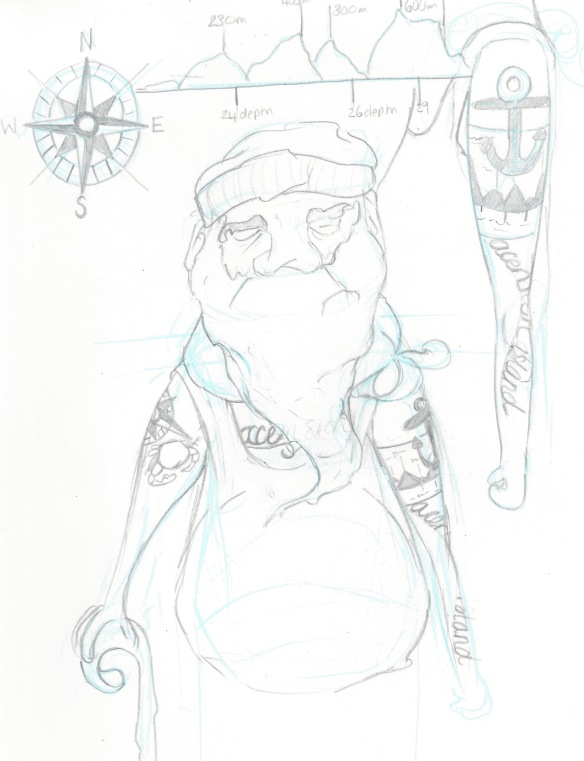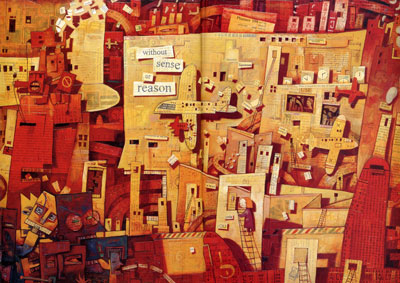The project’s primary purpose was to explore the keyword ‘emotion’ and use my knowledge and understanding of my practice as an Art Therapist and combine it with my work as an illustrator.
Through my research it has become apparent that it is an expansive field with a range of avenues to explore and within each avenue there appears to be another strand to investigate. In overlaying illustration theory and research with therapeutic theory, I have noted that the dual role I am aiming for is possible and that a collection of work can be created but that it has been challenging and remains so. In Art Therapy you work with the image that the client has created to aid the therapeutic process, whereas in this project it is directive with pre-created illustrations and narrative used to aid the client in their therapeutic process.
The most challenging aspect is to create therapeutic value and allow the client to gain ownership over the narrative but still have strong illustrations that work as an independent project.
Within my research I explored artists and illustrators that created images and narratives that allowed the reader to co-create the story. This has influenced the development of my narrative. As the research progressed I noted that there were recurring themes and that the results were not as eclectic as one might think.
The research has been paramount for me to create a foundation to build a project, with the end goal to create a picturebook or a series of illustrations that focus on loss and bereavement. The research has influenced my thoughts and brought into question the relevance of text in illustrations, what text can add and what text can take away. In returning to my initial aims, allowing the client to take ownership over the narrative and not wanting to dictate to them how they should feel, I reflected upon the use of narrative in my work. I concluded that in some illustrations there will be a need for text and in others there will not, allowing the reader to align their own experiences with the narrative.
Overall the research has been enlightening and challenging. I feel I have only scratched the surface and at times I have felt overwhelmed by the amount of research required and the amount I have wanted to do to support this project. There appears to be a constant tussle between the therapeutic underpinning and the importance and development of the illustrations. I feel there is a lot more than can be explored as I continue the development of this project in FAT2.
I feel at this point in the project, I wish to continue my research through this blog and to reflect further on my practical work alongside that of other illustrators. I notice that I am more confident in my Art Therapy theory as this is a daily practice for me. My research has awakened a thirst to increase my knowledge of illustration theory and create more illustrations. I wish to push the limits of my own capabilities in both fields and continue to develop a project that pulls Art Therapy and illustration into one.

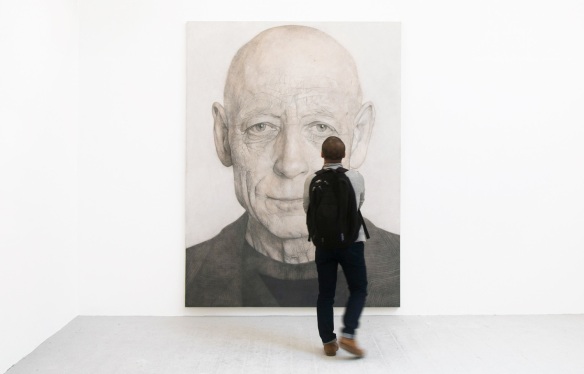
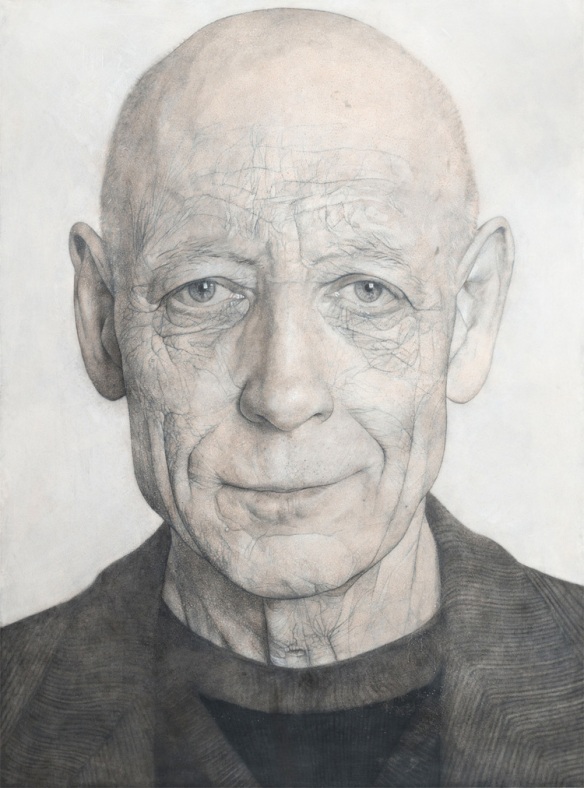
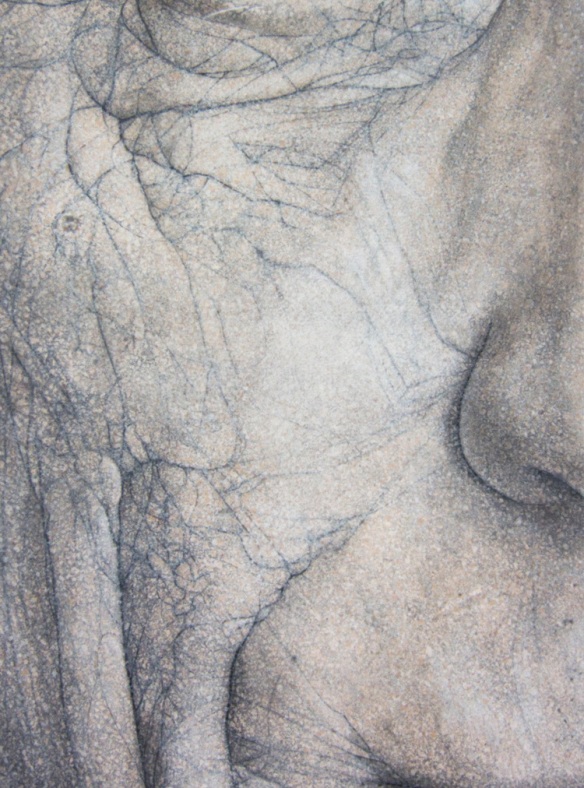
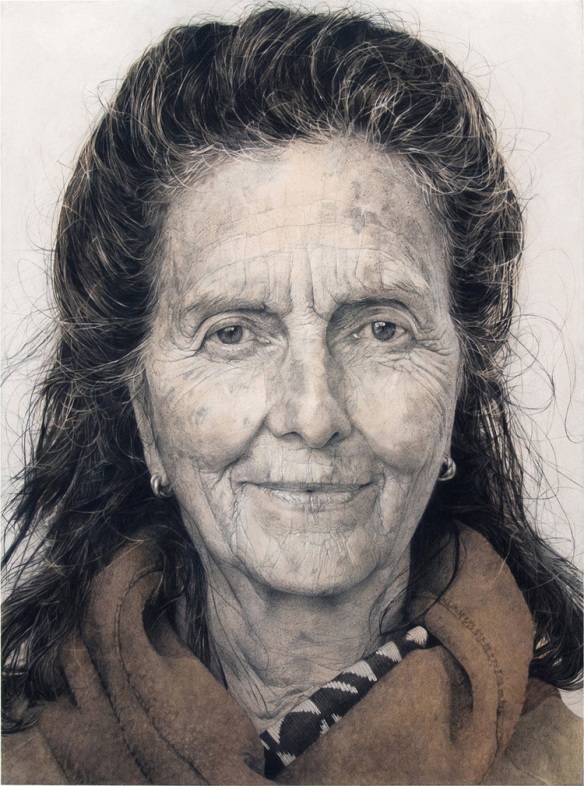
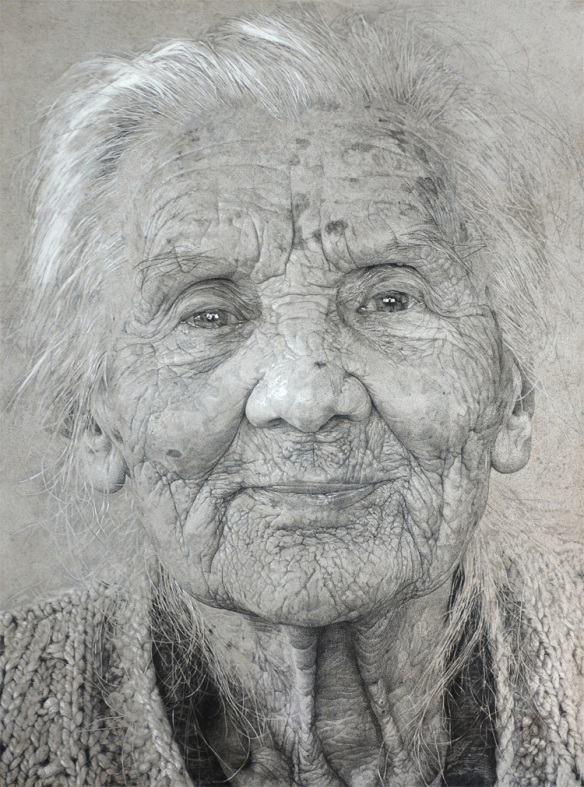
![[images online] Available at http://rfkelly.com/Yeasayer [Accessed November 14th 2014]](https://pecilledillustrations.files.wordpress.com/2014/12/prt_280x375_1391796803.png?w=584)
![[images online Available at http://rfkelly.com/Bonnie-Prince-Billy [Accessed 14th november 2014]](https://pecilledillustrations.files.wordpress.com/2014/12/prt_280x362_1391796631.png?w=584)
![[images online] Available at http://rfkelly.com/Dr-Dog [Accessed 14th november 2014]](https://pecilledillustrations.files.wordpress.com/2014/12/prt_280x374_1391796572.png?w=584)
![[images online] Available at: http://www.britishempire.co.uk/maproom/ascension/ascension1855.htm [Accessed October 23rd 2014]](https://pecilledillustrations.files.wordpress.com/2014/12/ascension1855.jpg?w=584&h=475)
![[images online] Available at: http://www.nationalarchives.gov.uk/first-world-war/a-global-view/#Ascension%20Island [Accessed 23rd October 2014]](https://pecilledillustrations.files.wordpress.com/2014/12/adm-344-1000-2-2.jpg?w=584&h=157)
